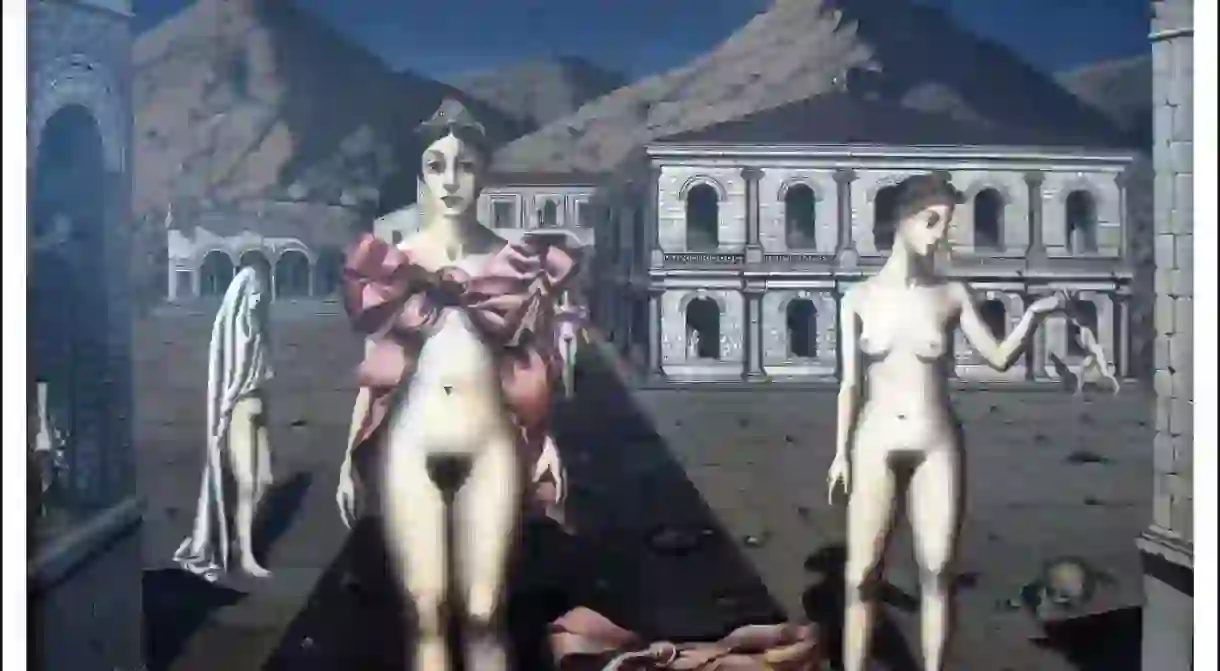A Brief History Of Surrealism In 1 Minute

“The absolute rationalism that is still in vogue allows us to consider only facts relating directly to our experience.” As Surrealist founder André Breton mused in his first legendary manifesto, this fantastical 20th century visual art and literary movement sought to bring the artist’s wildest conceptualizations to the forefront of a culture that had essentially lost sight of primal creativity. We give you a brief history of Surrealism in one minute.
Characterized by ‘impossible’ juxtapositions and whimsical landscapes, Surrealist art is wrought with symbolism from the subconscious mind and dream state. From Dalí’s melting clocks to Magritte’s biomorphic creatures, this influential avant-garde movement was imaginatively boundless, designed to shatter the confines of lived experience.
![[ D ] Salvador Dali – Oasis (1946)](https://cdn-v2.theculturetrip.com/10x/wp-content/uploads/2016/09/picmonkey-collage31.webp?quality=1)
Psychoanalytical theories postulated by Sigmund Freud were central to Breton’s essential Surrealist commandments, and practitioners depicted their purest thoughts otherwise repressed by societal standards. While paintings are arguably the movement’s best-known artifacts, Surrealism bled into the realms of sculpture, photography, and film.
Inaugurated with the publication of Breton’s first Surrealist Manifesto in 1924 (though the term was coined by poet Guillaume Apollinaire c. 1917) and unofficially disbanded with the start of World War II, Surrealism served as Dada’s unofficial successor – built upon the same principles of disdain for the rational, the traditional, and the established. But while Dada culture was an aesthetic free-for-all solely united by a shared intent to invert sensibility, Surrealism was arguably more artistically-minded in its endeavors, and became one of history’s most recognizable schools of thought.
Key Surrealists included Salvador Dalí, René Magritte, Max Ernst, Joan Miró, Leonora Carrington, Dorothea Tanning, Paul Delvaux, and Yves Tanguy.













